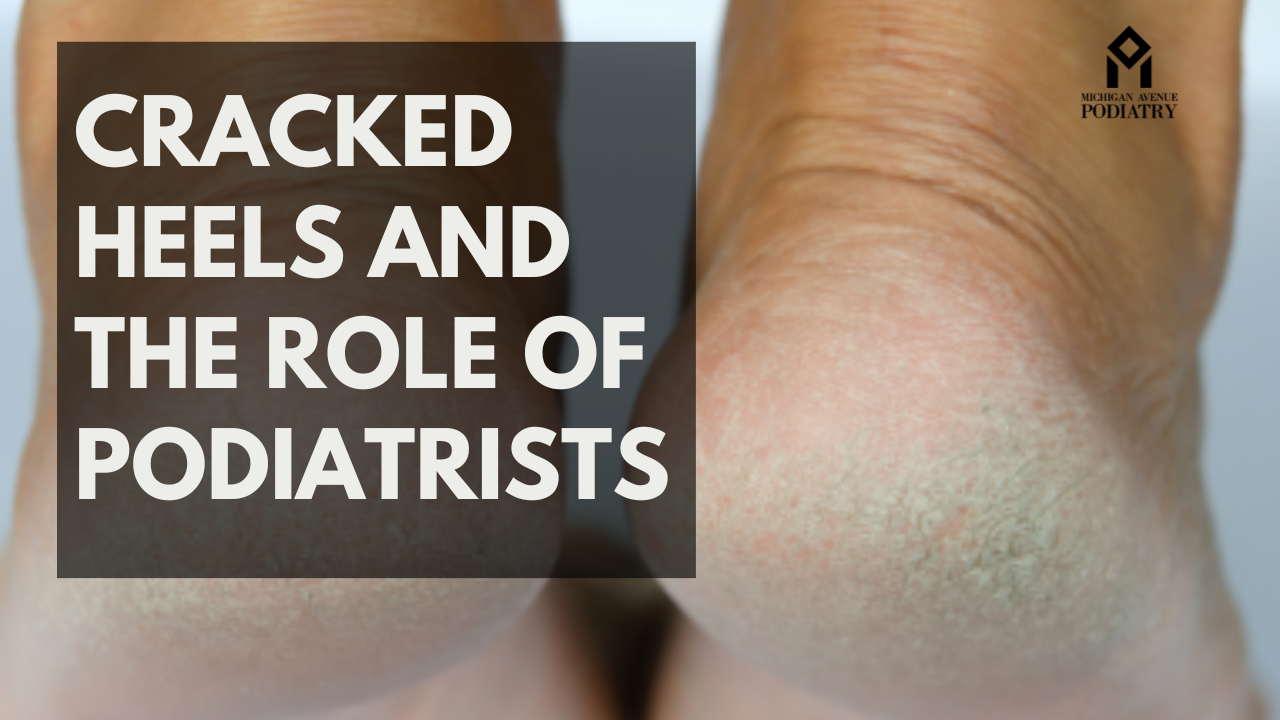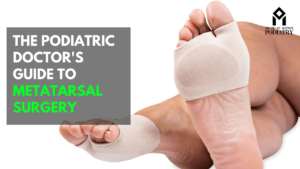Cracked heels, medically known as heel fissures, are a common foot problem that can cause discomfort and pain. While often a cosmetic issue, severe cases of cracked heels can lead to complications such as infections or deep fissures that bleed. In addressing cracked heels, podiatrists play a vital role in providing comprehensive care and treatment. This article explores the causes of cracked heels, preventive measures, and the importance of seeking professional help from podiatrists.
Causes of Cracked Heels
Cracked heels can result from various factors, including:
Dry Skin
Lack of moisture can cause the skin on the heels to become dry, thickened, and prone to cracking, especially in climates with low humidity or during the winter months.
Excessive Pressure
Prolonged standing, walking barefoot, or wearing ill-fitting shoes can exert excessive pressure on the heels, leading to the development of cracks.
Obesity
Carrying excess weight increases the pressure on the feet, contributing to the formation of cracked heels.
Medical Conditions
Certain medical conditions such as diabetes, thyroid disorders, eczema, or psoriasis can affect skin health and increase the risk of cracked heels.
Poor Foot Hygiene
Neglecting to moisturize the feet regularly or failing to remove dead skin through exfoliation can exacerbate dryness and cracking.
Preventive Measures
To prevent cracked heels and promote overall foot health, consider the following preventive measures:
Moisturize Regularly
Apply a thick moisturizing cream or lotion to the feet daily, paying special attention to the heels and other dry areas.
Wear Supportive Shoes
Opt for shoes that provide adequate support and cushioning to reduce pressure on the heels. Avoid wearing open-back or high-heeled shoes for extended periods.
Use Pumice Stone or Foot File
Regularly exfoliate the feet using a pumice stone or foot file to remove dead skin and prevent the buildup of calluses.
Stay Hydrated
Drink plenty of water to hydrate the body and maintain skin elasticity, which can help prevent dryness and cracking.
Maintain a Healthy Weight
Maintaining a healthy weight can reduce the pressure on the feet and lower the risk of developing cracked heels.
Role of Podiatrists
Podiatrists are medical professionals specializing in the diagnosis, treatment, and prevention of foot and ankle disorders. When it comes to cracked heels, podiatrists play a crucial role in:
Diagnosis
Podiatrists can assess the severity of cracked heels and identify any underlying conditions contributing to the problem, such as fungal infections or biomechanical issues.
Treatment
Podiatrists can recommend various treatment options based on the individual’s needs, including:
- Debridement: Removing dead skin and calluses to promote healing.
- Moisturizing: Prescribing medicated creams or ointments to hydrate the skin and reduce dryness.
- Padding and Strapping: Applying padding or strapping to redistribute pressure on the heels and protect them from further damage.
- Orthotic Devices: Recommending custom orthotic devices or shoe inserts to provide support and alleviate pressure on the feet.
Prevention
Podiatrists can educate patients about proper foot care practices and preventive measures to minimize the risk of recurring cracked heels.
Monitoring
Podiatrists can monitor the progress of treatment and provide ongoing care to ensure optimal healing and prevent complications.
Conclusion
Cracked heels can be a source of discomfort and embarrassment, but with proper care and attention, they can be effectively managed and prevented. By following preventive measures and seeking professional help from podiatrists, individuals can maintain healthy, supple skin on their heels and enjoy improved foot health overall.
FAQs
- How long does it take to heal cracked heels? The healing time for cracked heels varies depending on the severity of the condition and the effectiveness of treatment. Mild cases may improve within a few days to weeks, while more severe cases may require several weeks to months of consistent care.
- Can cracked heels lead to infections? Yes, deep cracks in the heels can provide an entry point for bacteria, increasing the risk of infections such as cellulitis or erysipelas. It is essential to keep the feet clean and dry and seek prompt medical attention if signs of infection develop.
- Are over-the-counter creams effective for treating cracked heels? Over-the-counter creams and lotions may help moisturize the skin and temporarily relieve symptoms, but severe cases of cracked heels may require prescription-strength treatments or interventions from a podiatrist.
- Can wearing socks overnight help with cracked heels? Yes, applying a thick moisturizing cream or petroleum jelly to the heels before wearing socks overnight can help lock in moisture and soften the skin, promoting healing of cracked heels.
- Are there any home remedies for cracked heels? In addition to moisturizing and exfoliating the feet regularly, soaking the feet in warm water with Epsom salts or apple cider vinegar, and applying natural oils such as coconut oil or olive oil may help soothe cracked heels and improve skin hydration.




